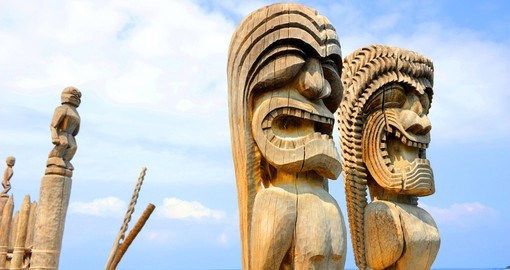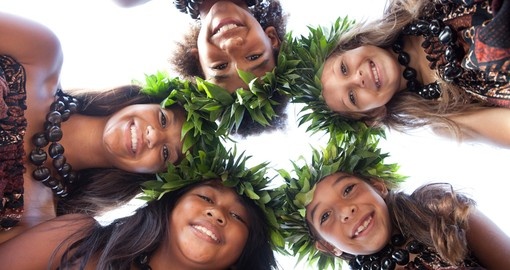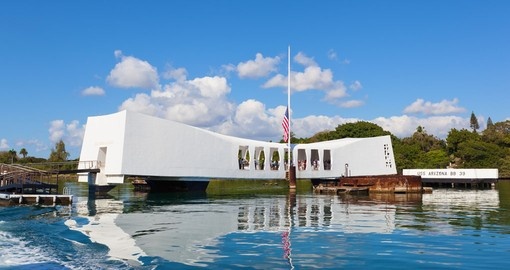Hawaii - History
Around 1,500 years ago, the first visitors to the island paradise of Hawaii arrived. Steering canoes and navigating by the stars, it is believed that these first peoples were Polynesians who sailed over 2,000 miles from the Marquesas Islands. They settled there and the Hawaiian Islands saw a slow, but steady growth in population with chiefdoms spreading across entire islands. This period of development lasted for approximately five hundred years when Tahitians arrived and ultimately changed the complete organisational structure found on the islands.
The first European to come to Hawaii was British Captain James Cook in 1778. Naming it the Sandwich Islands after the Earl of Sandwich, Cook’s first campaign in Hawaii was successful. His knowledge of the Tahitian language as well as a respect for indigenous populations not traditionally associated with other explorers allowed for trade between his ship and Hawaiians. Cook’s return was less successful with tensions rising between Cook’s sailors and the native population resulting in Cook’s murder.
Cook’s murder initially stopped other explorers from coming to the islands but this did not last long. Explorers and merchants quickly realised that Hawaii could serve as a midpoint to Asia allowing ships to restock when required. This brought more people to the islands, as well as new technology and weaponry. One Hawaiian who took advantage of this technology fully was Kamehameha who was put in charge of war in 1782. Kamehameha used this opportunity to unite the warring parts of Hawaii Island. He continued his campaign overthrowing local chiefs and was the first to unite the Hawaiian Islands into one royal kingdom in 1810.
Ten years later saw the arrival of missionaries to the islands. These missionaries came from puritan New England and began the task of writing down the Hawaiian language and taught much of the population to read and write. By 1831 eleven schools had been established with many pupils enrolled. Between 1837 to 1840 it is estimated that nearly 20,000 Hawaiians chose to convert to Christianity. The missionaries brought western medicine and are credited with helping Hawaii to remain an independent nation during a time of peak colonisation attempts on other South Pacific Islands.
The end of the nineteenth and beginning of the twentieth centuries saw more foreigners come to the islands but not as explorers. Instead, men from China, Japan, Portugal, Korea, the Philippines, Puerto Rico and Samoa came to work the plantations. This resulted in a great deal of mixing with the indigenous population which now accounts for Hawaii’s extensive cultural diversity.
The success of plantations resulted in annexation attempts by the United States. In 1893, Americans successfully overthrew the Hawaiian queen and established a Provisional Government. In 1900 Hawaii was granted self-governance and remained a territory for sixty years. A surprise military strike by the Japanese on Pearl Harbor in December 1941 not only shocked the population of Hawaii, but also the entire American population. President Franklin D. Roosevelt proclaimed it as “a date which will live in infamy” and led to American entry in the Second World War.
After a very popular referendum in which 92% of the population voted in favour of statehood, Hawaii became the fiftieth state on 21 August 1959. The 1970s saw a resurgence in a Hawaiian Renaissance. This renaissance showed renewed interest in the culture of the islands including the music, literature and language. In 1993, an “Apology Resolution” was put forward by senators Daniel Inouye and Daniel Akaka of Hawaii. Congress passed the resolution after it was signed by President Clinton. The resolution served as an apology to “Native Hawaiians on behalf of the people of the United States for the overthrow of the Kingdom of Hawaii on January 17, 1893... and the deprivation of the rights of Native Hawaiians to self-determination”. Today, Hawaii is known for its tropical beaches and welcoming people cementing its status as a popular tourist spot for fellow Americans and for people the world over.
Get a Trip Quote Order a Brochure




















